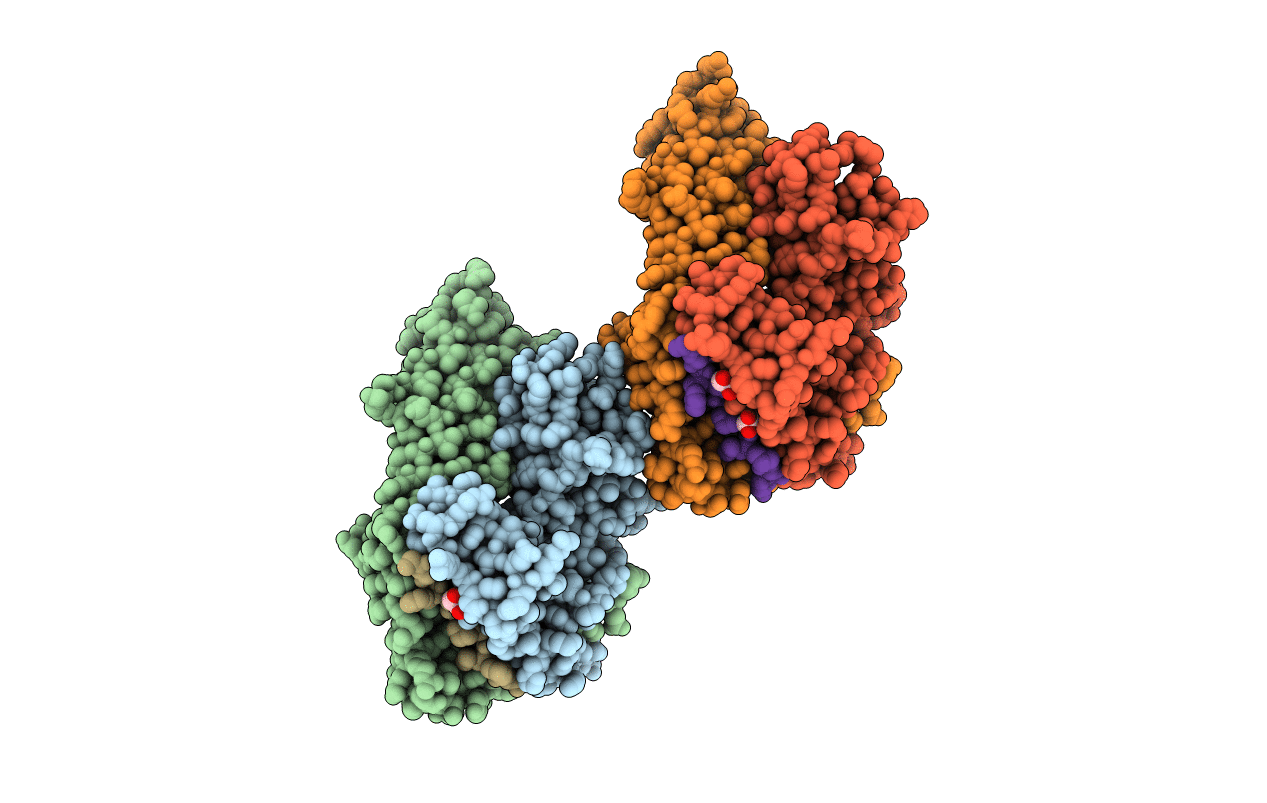
Deposition Date
2004-02-05
Release Date
2004-03-02
Last Version Date
2024-10-16
Entry Detail
PDB ID:
1S9V
Keywords:
Title:
Crystal structure of HLA-DQ2 complexed with deamidated gliadin peptide
Biological Source:
Source Organism:
Homo sapiens (Taxon ID: 9606)
Host Organism:
Method Details:
Experimental Method:
Resolution:
2.22 Å
R-Value Free:
0.28
R-Value Work:
0.22
Space Group:
P 21 21 21


